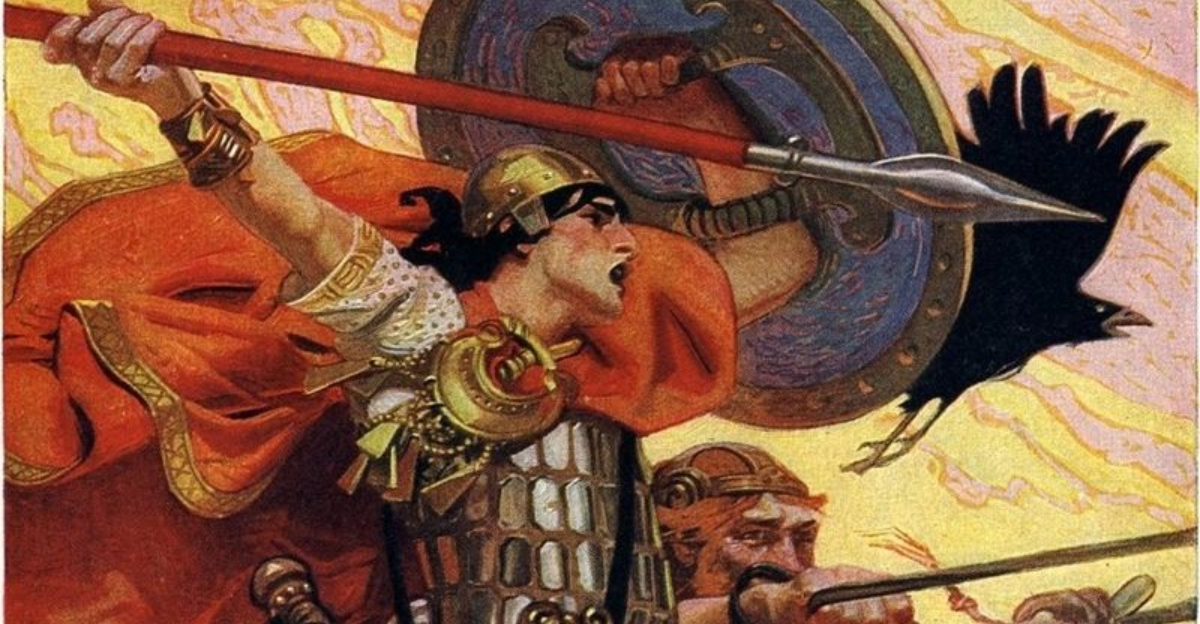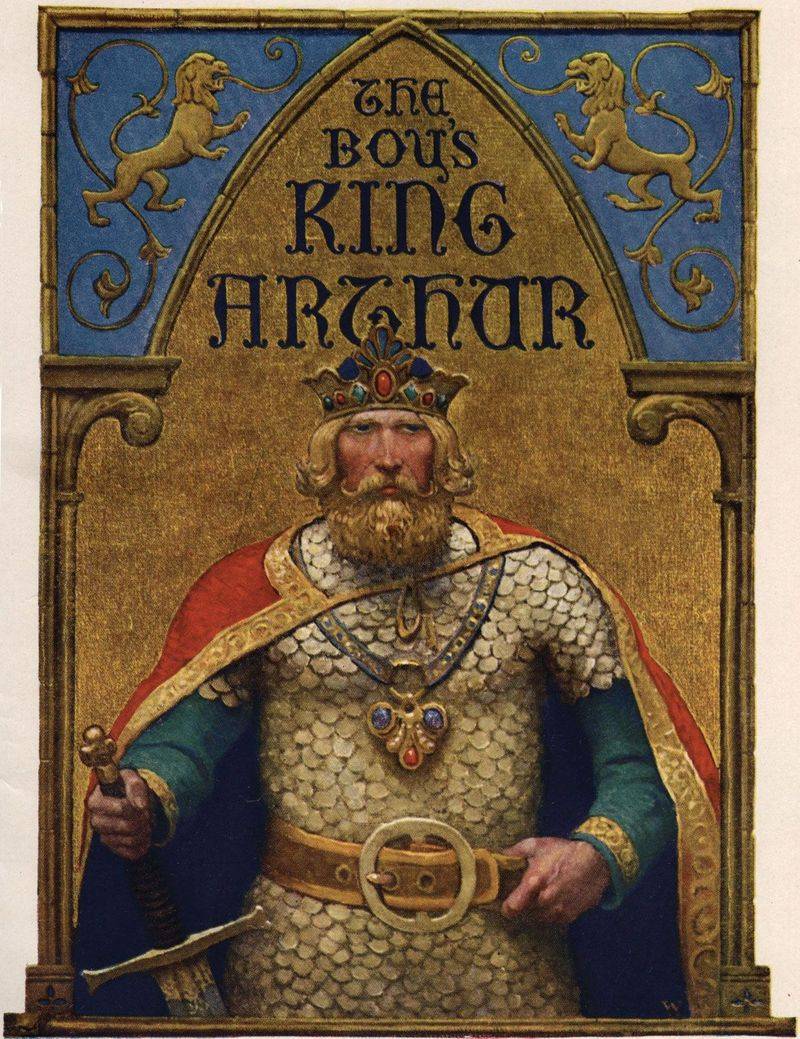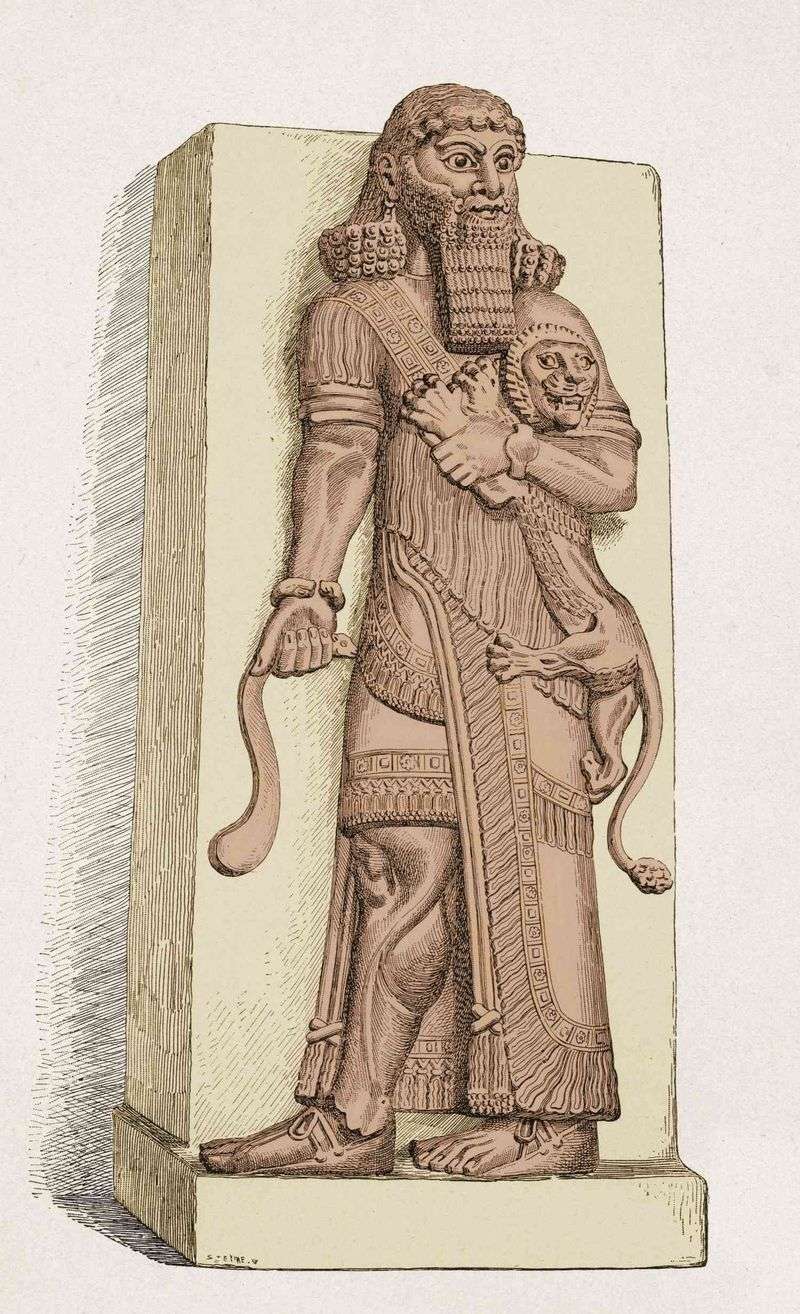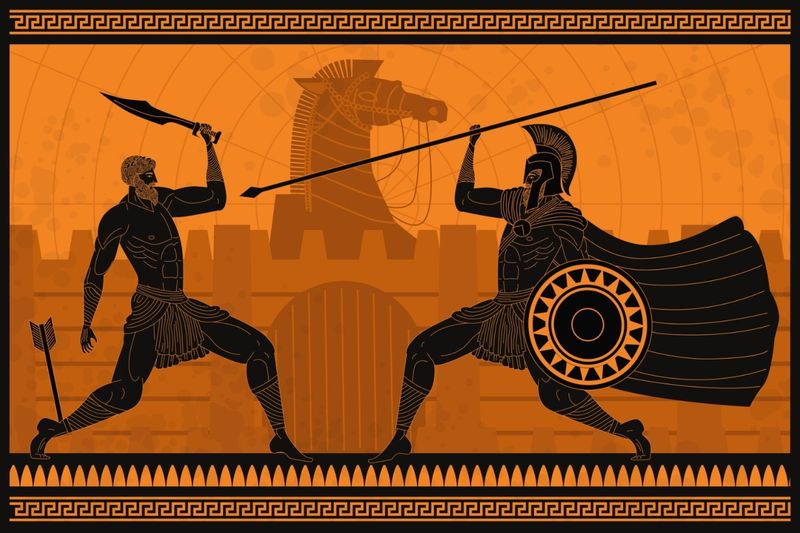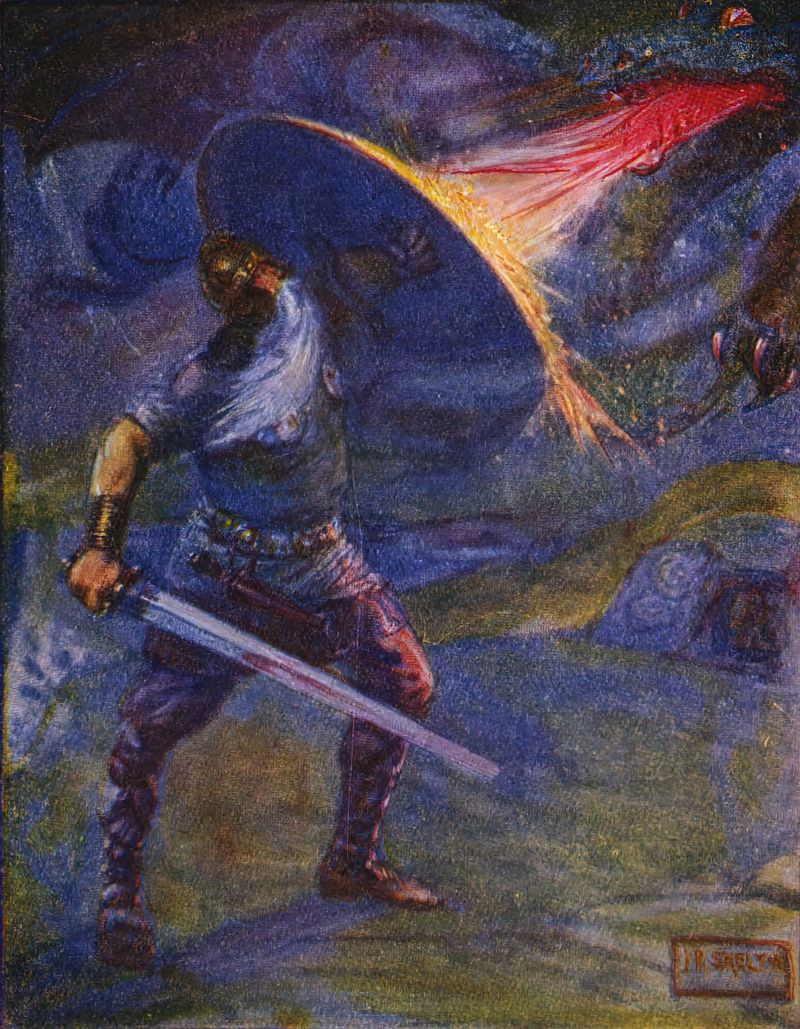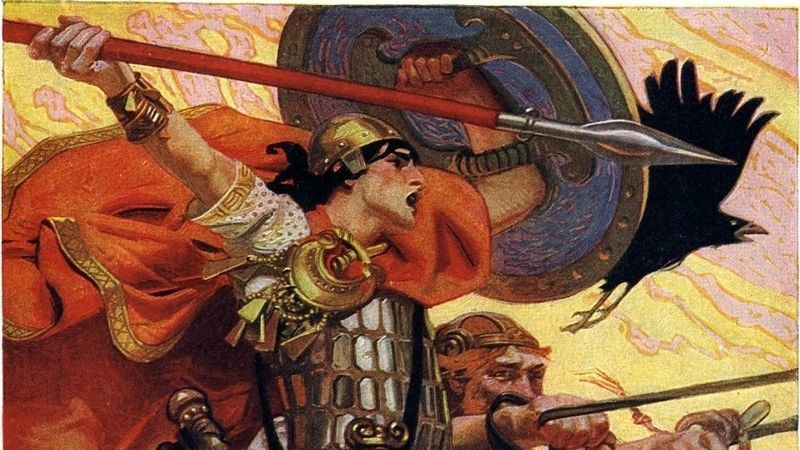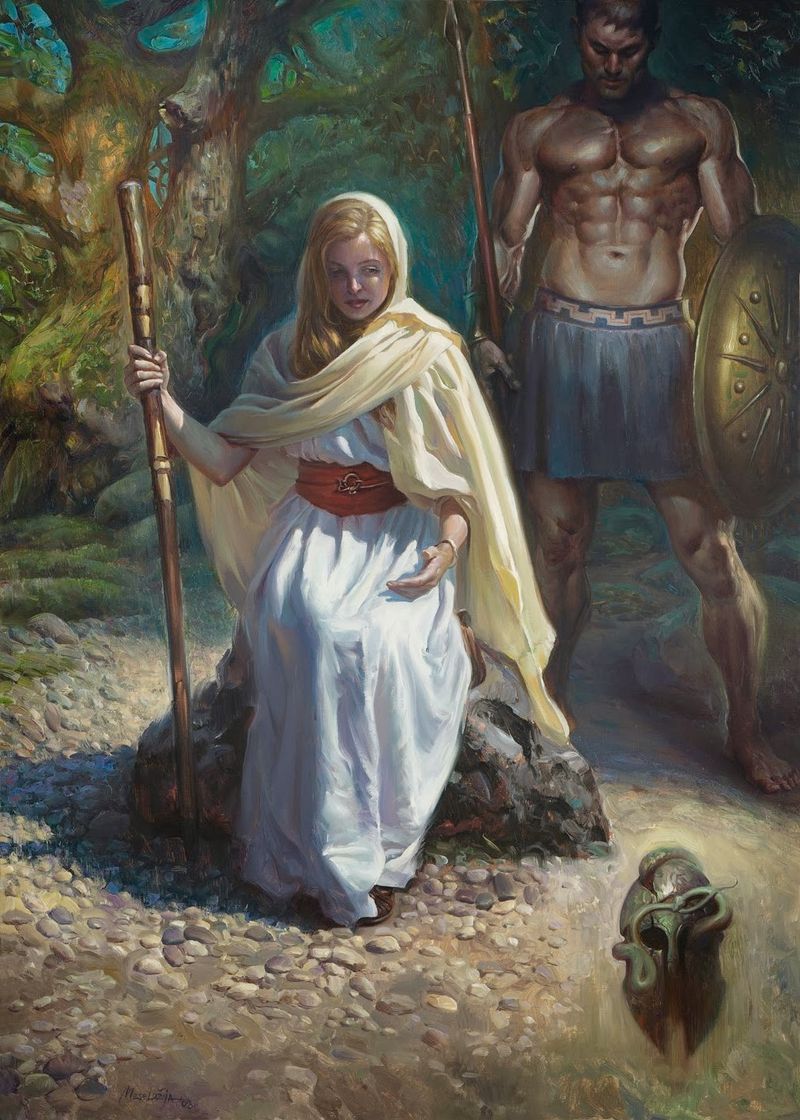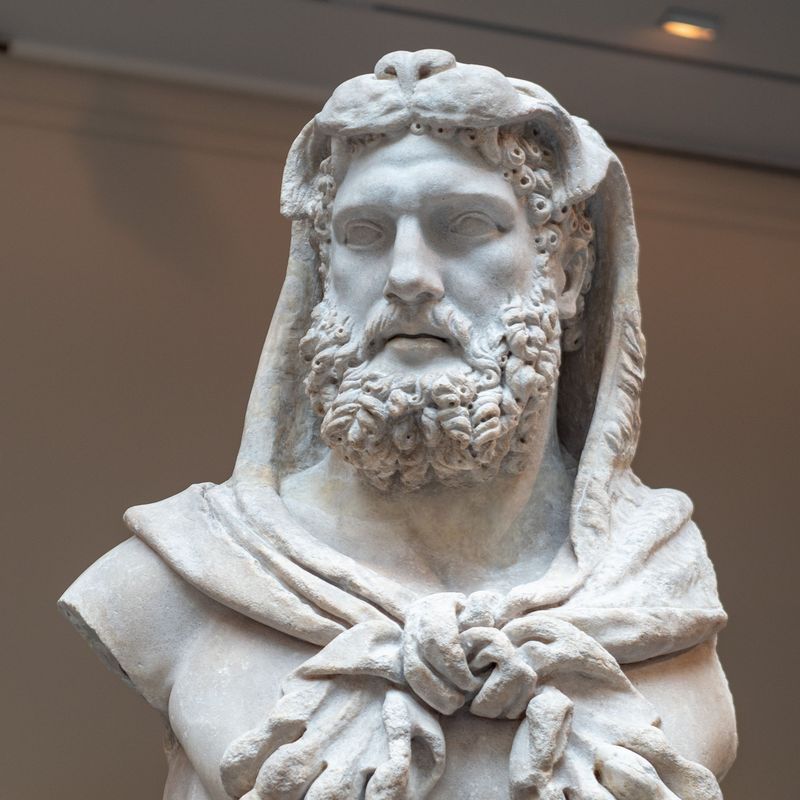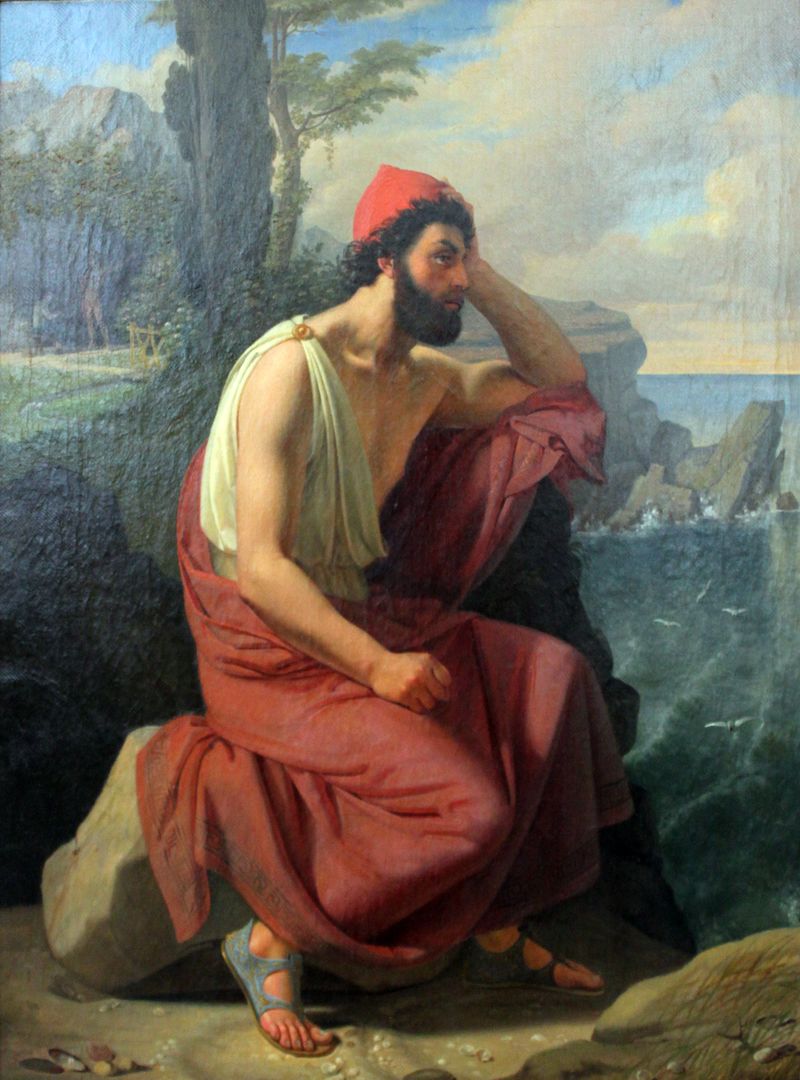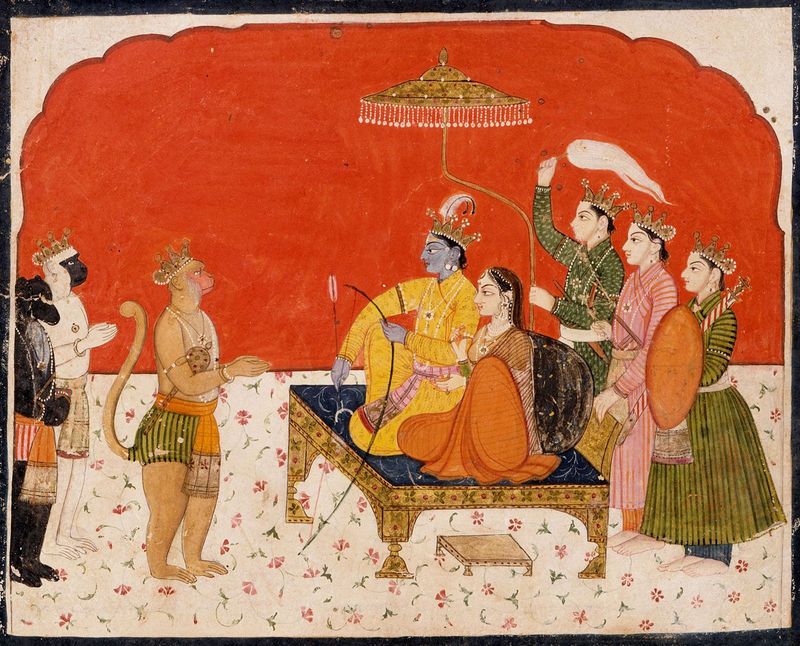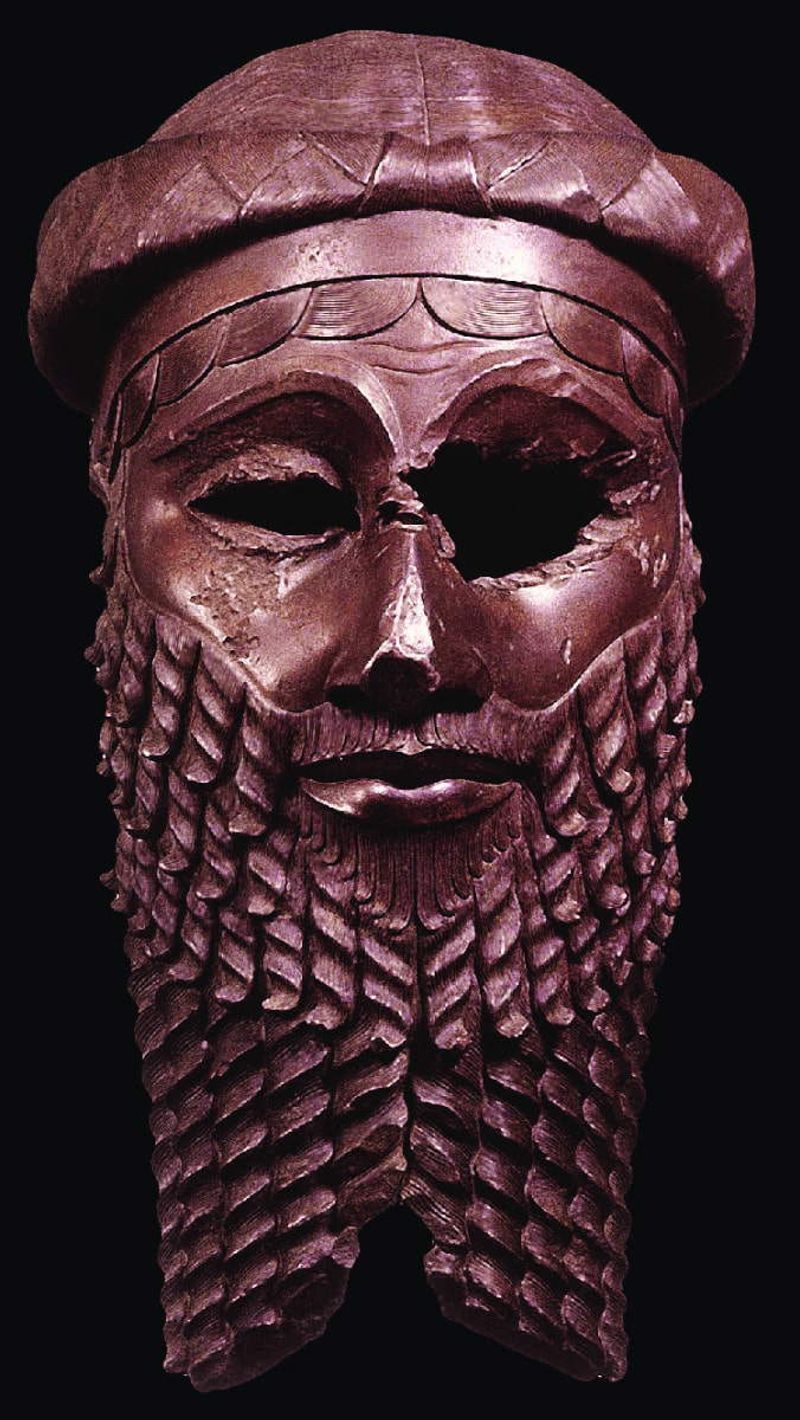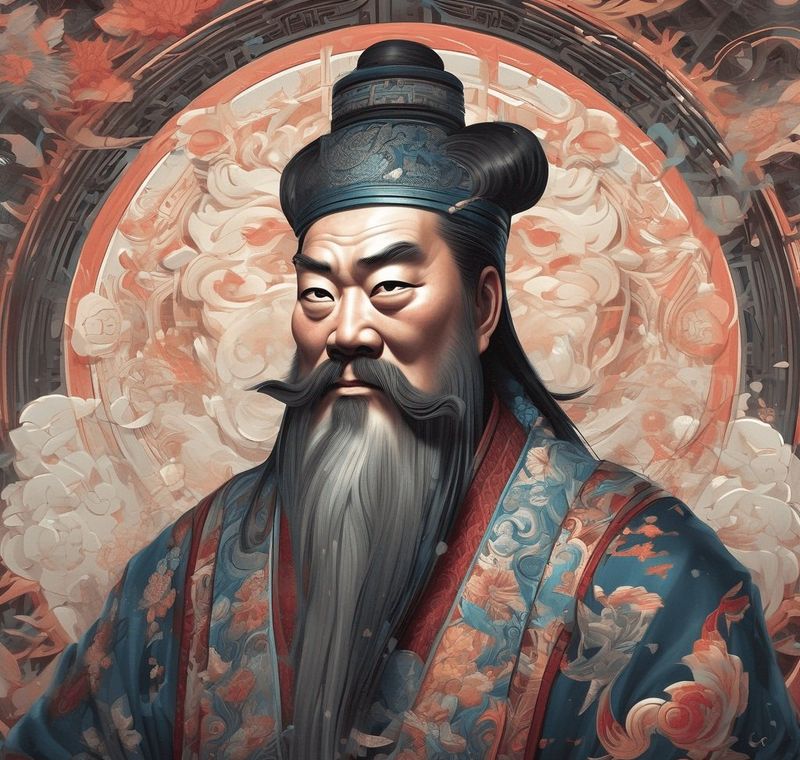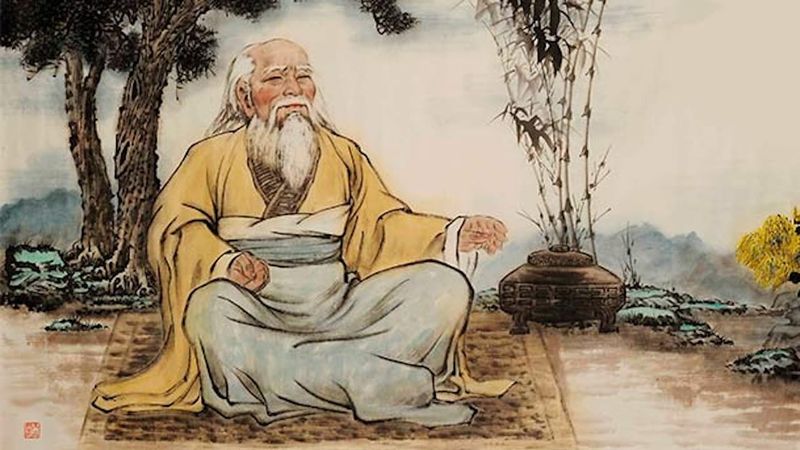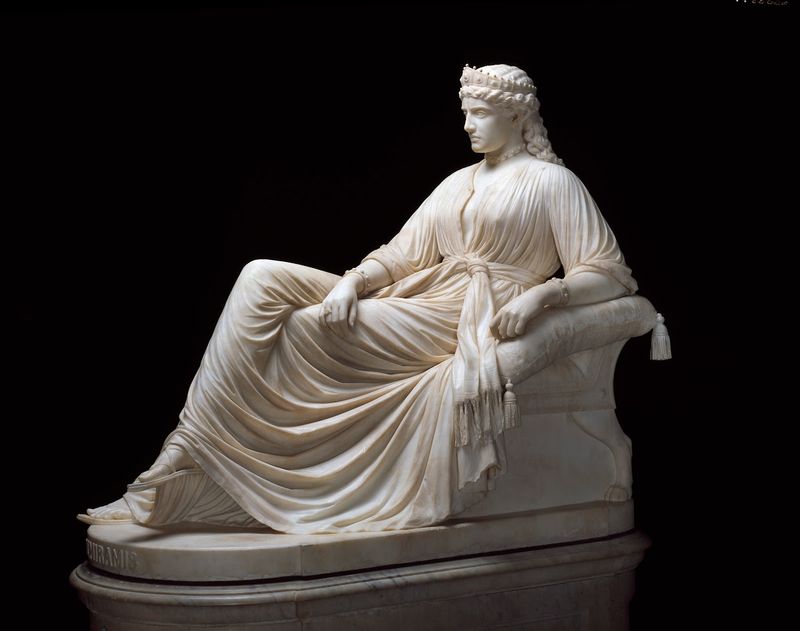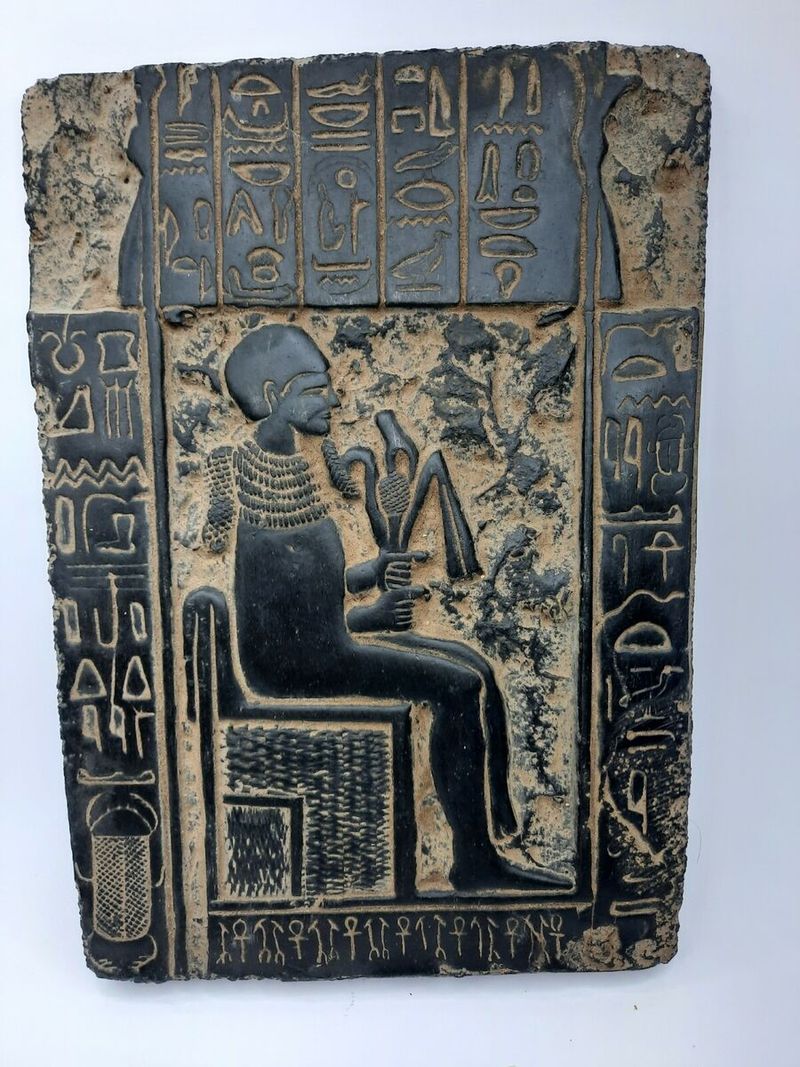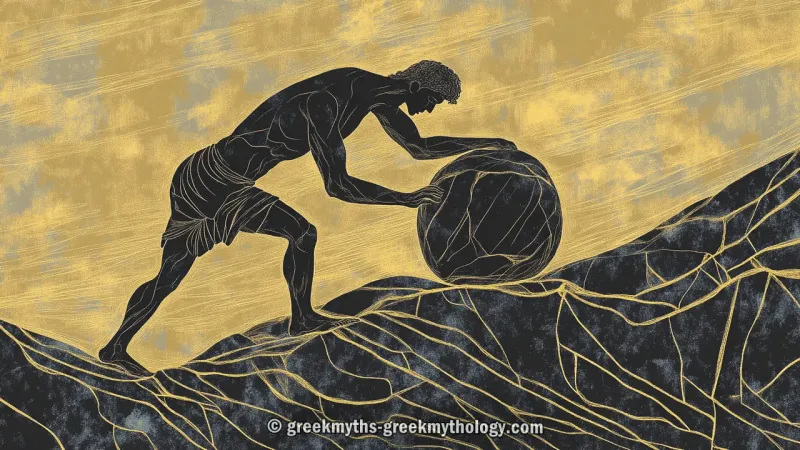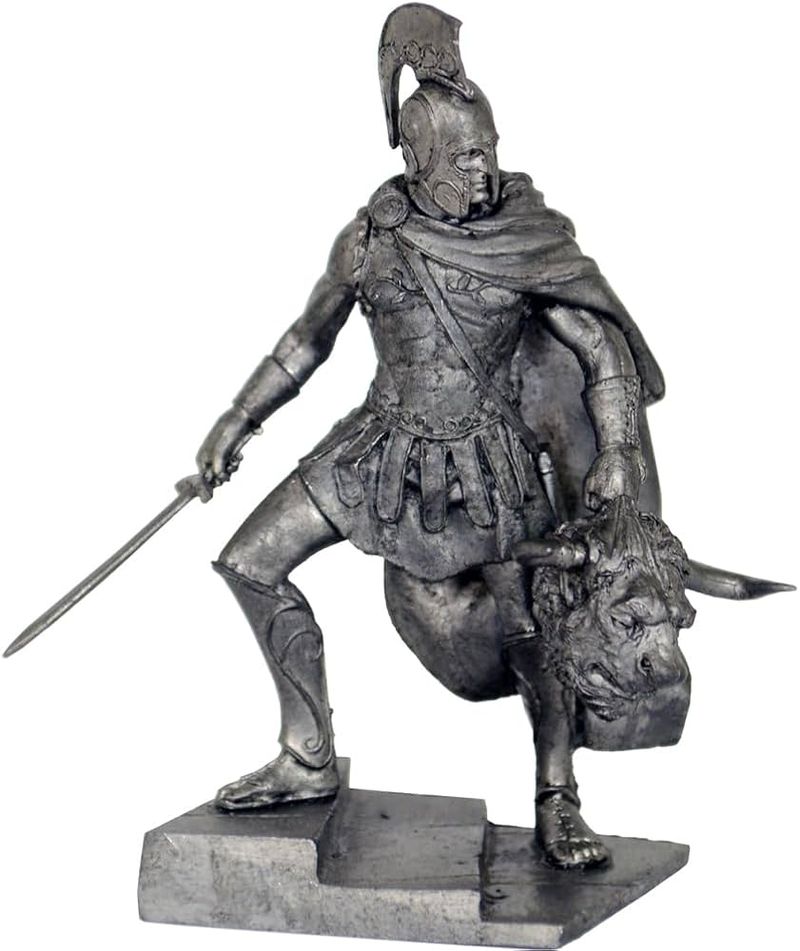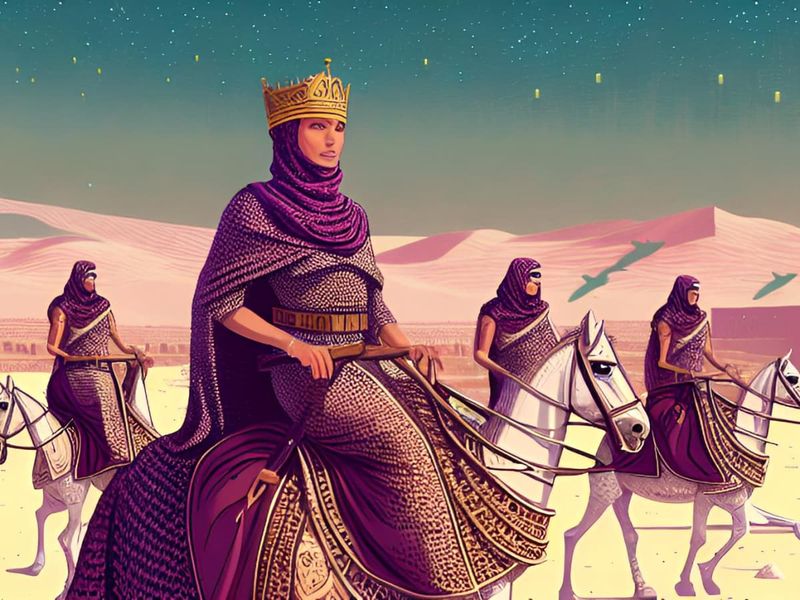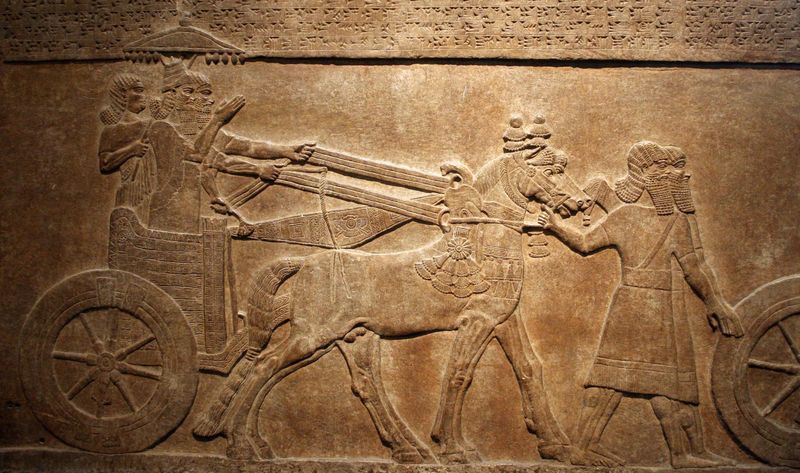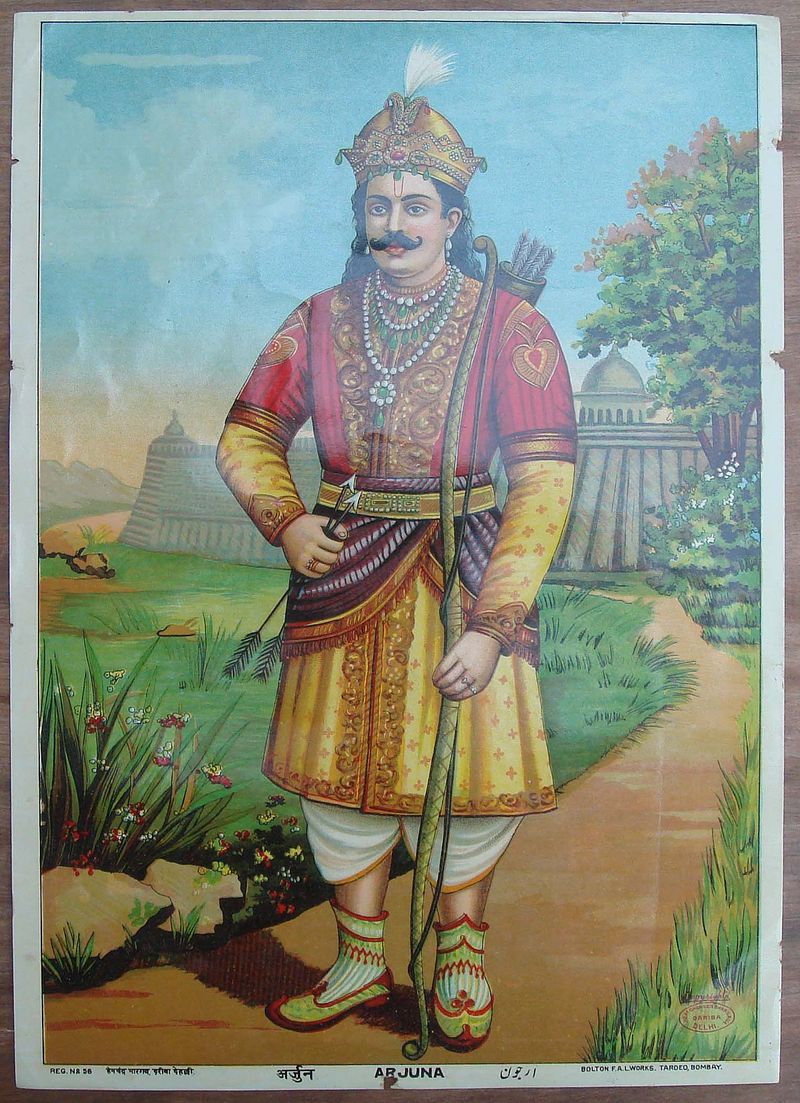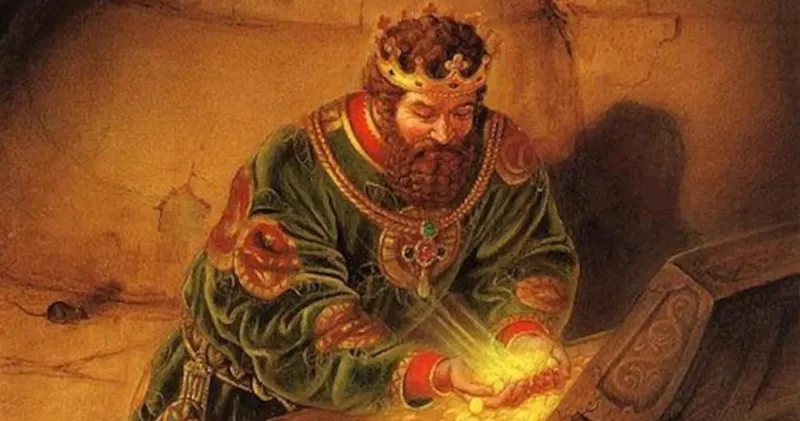Ancient mythology is often filled with tales of gods, heroes, and legendary figures. While many of these characters are considered purely mythical, there is intriguing evidence suggesting that some may have truly walked the earth.
This blog post explores 20 such characters from different mythologies around the world who may have historical foundations. Each entry delves into these fascinating figures, combining their legendary stories with historical facts to bring them to life.
1. King Arthur
King Arthur, the legendary British leader, is renowned for defending Britain against Saxon invaders in the late 5th and early 6th centuries.
While tales of the Round Table and the wizard Merlin are fantastical, some historians believe Arthur was a real figure, possibly a warrior chief.
Excavations have hinted at a historical basis for Arthur, though details remain sparse. The legends position him as a symbol of British chivalry and heroism.
By examining ancient texts and archaeological finds, the search for the truth behind King Arthur continues, blending myth with history in a compelling narrative.
2. Gilgamesh
Gilgamesh, the central figure in the Epic of Gilgamesh, ruled Uruk in ancient Mesopotamia. This epic poem, one of the earliest works of literature, portrays him as a demigod with superhuman strength.
Historians suggest Gilgamesh was an actual king around 2700 BCE, whose deeds inspired the legendary tales. The Sumerian King List includes him as a historical ruler.
His story, blending heroism with divine intervention, explores themes of friendship, mortality, and legacy. Archaeological evidence of Uruk supports his existence, weaving together legend and history.
3. Achilles
Achilles, the formidable Greek warrior of Homer’s Iliad, is famed for his unmatched prowess and near invincibility. Though depicted as a demigod, some scholars postulate that a real warrior inspired the myths.
The ancient city of Troy’s archaeological discovery lends credence to the possibility of historical battles that Homer dramatized.
With tales of heroism and tragedy, Achilles’ narrative explores human emotions and flaws. By examining historical accounts and archaeological evidence, researchers continue to piece together the truths behind these legendary stories, bridging the gap between myth and reality.
4. Beowulf
Beowulf, the hero of the Old English epic, is celebrated for his battles against formidable creatures. Though his story is filled with fantastical elements, some believe he was based on real figures from Scandinavian history.
The Geats and Danes, mentioned in the poem, were real tribes, and archaeological finds support this historical context.
Beowulf’s tale, steeped in heroism and loyalty, reflects the values and fears of early medieval society. Historians and literary scholars explore these connections, unveiling the layers of history within the epic’s rich tapestry of narrative.
5. Cú Chulainn
Cú Chulainn, a central character in Irish mythology, is renowned for his superhuman feats and tragic destiny. The Táin Bó Cúailnge, an epic tale, chronicles his adventures and battles.
Some historians suggest he may have been a real warrior, perhaps linked to the ancient tribes of Ulster. The name Cú Chulainn translates to ‘Hound of Culann,’ implying noble lineage.
Through oral traditions and early manuscripts, his story reflects the cultural and social milieu of ancient Ireland. This blend of myth and potential history keeps his legend alive and vibrant.
6. Helen of Troy
Helen of Troy, whose beauty sparked the infamous Trojan War, is a central figure in Greek mythology. Often depicted as a demigoddess, some scholars argue she was inspired by an actual historical figure.
Her story is intertwined with themes of love, betrayal, and conflict, reflecting human emotions. The archaeological site of Troy confirms a historical setting for her tale.
By examining ancient texts, archaeologists and historians attempt to uncover the reality behind Helen’s legendary allure, bridging the gap between myth and history in an enduring story of beauty and power.
7. Hercules
Hercules, known for his incredible strength and daring feats, is a legendary hero in Greek mythology. His Twelve Labors are legendary challenges that have inspired countless tales.
Some historians suggest that Hercules may have been based on a real person, possibly a warrior or a strongman whose exploits became mythologized. Ancient texts hint at historical parallels.
His story reflects the themes of perseverance and redemption. Archaeological discoveries in Greece offer glimpses into the ancient world that Hercules inhabited, blurring the lines between historical reality and mythological grandeur.
8. Odysseus
Odysseus, the cunning hero of Homer’s Odyssey, is celebrated for his intelligence, bravery, and leadership. While his adventures with mythical creatures seem fantastical, some historians assert he may have been based on a real king of Ithaca.
The Odyssey’s rich narrative explores themes of homecoming and resilience. Archaeological sites in Ithaca and ancient Greek records provide tangible links to his existence.
Odysseus’ enduring appeal lies in his complex character and the timeless lessons of his journey. His legend continues to captivate, offering connections between ancient myth and historical inquiry.
9. Rama
Rama, a revered figure in Hindu mythology, is the hero of the Ramayana. His story is a tale of duty, honor, and divine intervention. Some scholars propose that Rama may have a historical basis, perhaps as a prince in ancient India.
The epic reflects the values and beliefs of historical Indian society, with archaeological evidence supporting cultural elements.
Rama’s narrative, filled with moral dilemmas and heroic deeds, continues to resonate across generations. Through ancient texts and scholarly research, the blend of myth and potential history keeps his legend alive in the cultural consciousness.
10. Sargon of Akkad
Sargon of Akkad, a central figure in Mesopotamian history, is often surrounded by legends of divine favor and miraculous birth. Known for founding the Akkadian Empire, his historical existence is well-documented.
The legends surrounding Sargon add layers of intrigue to his story, blending historical facts with mythic elements. His rise from humble beginnings to emperor reflects themes of ambition and destiny.
Through archaeological finds and ancient records, the life of Sargon offers a fascinating glimpse into the ancient world, where history and mythology coexist in a complex tapestry.
11. Confucius
Confucius, a pivotal figure in Chinese history, is renowned for his profound philosophical teachings. His life and ideas are often enshrined in legends, blending truth with mythological reverence.
Historical records confirm his existence, emphasizing his role as a philosopher and teacher. The Analects, a collection of his sayings, captures his influence on Chinese culture and ethics.
The mythical aspects of Confucius’ story enhance his legendary status, reflecting his impact on spirituality and governance. His teachings continue to be revered, offering insights into ancient wisdom and historical inquiry.
12. Laozi
Laozi, a legendary figure in Chinese philosophy, is traditionally considered the founder of Taoism. Though his historical existence is debated, he symbolizes ancient wisdom.
The Tao Te Ching, attributed to Laozi, explores themes of balance, harmony, and the natural order. Some suggest Laozi may have been a real sage whose teachings were mythologized.
His legacy, blending philosophy with spirituality, continues to inspire. Scholars and historians seek to unravel the enigma of Laozi, balancing historical speculation with the enduring allure of his philosophical insights.
13. Queen Semiramis
Queen Semiramis, a legendary Assyrian ruler, is often associated with the creation of the Hanging Gardens of Babylon. Her story, filled with intrigue and power, blurs the line between myth and history.
Some historical accounts suggest she was based on a real queen, possibly Shammuramat, who reigned in the 9th century BCE. Her legacy, entwined with tales of monumental achievements, reflects themes of leadership and ambition.
Through archaeological evidence and ancient texts, the life of Semiramis reveals a captivating blend of historical fact and legendary narrative, showcasing the power of storytelling.
14. Imhotep
Imhotep, a legendary figure in ancient Egyptian history, is celebrated as a polymath and architect of the Step Pyramid at Saqqara. His historical existence is well-documented, yet myth surrounds his life.
Revered as a deity in later periods, Imhotep’s contributions to architecture, medicine, and engineering are legendary. His story reflects themes of knowledge and innovation.
Through archaeological discoveries and ancient texts, the legacy of Imhotep continues to inspire, blending historical achievements with mythological reverence, illuminating ancient Egyptian culture and its enduring mysteries.
15. King Sisyphus
King Sisyphus, a cunning figure in Greek mythology, is notorious for his eternal punishment of rolling a boulder uphill. While largely seen as a myth, some suggest Sisyphus may have been based on a real king known for his shrewdness.
His tale, filled with themes of cunning and defiance, offers insights into human nature and morality. The myth’s enduring appeal is its exploration of eternal struggle and resilience.
By examining ancient texts and philosophical interpretations, the story of Sisyphus bridges the realms of myth and historical speculation, offering timeless lessons.
16. Theseus
Theseus, a legendary hero in Greek mythology, is famed for slaying the Minotaur and uniting Athens. While his adventures are filled with mythical creatures, some historians propose he was inspired by real historical figures.
His story reflects themes of courage and leadership, vital to Athenian identity. Archaeology offers insights into ancient Athens, supporting potential historical parallels.
Theseus’ narrative, blending myth with possible history, continues to captivate, embodying timeless values of heroism and exploration. Through myths and historical inquiry, his legacy bridges ancient tales with cultural heritage.
17. Queen Mavia
Queen Mavia, a warrior queen of the 4th century, is celebrated for her leadership and military prowess. While often surrounded by legends, her historical existence is supported by records of her revolt against Rome.
Her story, filled with themes of independence and resistance, reflects the strength and resilience of her people. Mavia’s legacy continues to inspire, highlighting the role of women in history.
Through ancient texts and historical research, the life of Queen Mavia reveals a compelling narrative of leadership and cultural identity, blending historical fact with legendary elements.
18. Tiglath-Pileser III
Tiglath-Pileser III, a formidable Assyrian ruler, is known for his military campaigns and administrative reforms. His historical existence is well-documented, yet legends surround his reign.
His story reflects themes of power and innovation, illustrating the complexities of ancient leadership. The blending of historical records and mythical embellishments adds depth to his legacy.
Through archaeological evidence and ancient records, the life of Tiglath-Pileser III offers a fascinating glimpse into the ancient world, showcasing the interplay of history and mythology in shaping cultural narratives.
19. Arjuna
Arjuna, a central figure in the Indian epic Mahabharata, is celebrated for his skills as a warrior and devotion to duty. His tale is intertwined with divine guidance and philosophical teachings.
Some scholars suggest Arjuna may have a historical basis, perhaps drawing from ancient warrior traditions in India. The epic’s narrative reflects cultural and spiritual values.
Through ancient texts and scholarly interpretations, Arjuna’s story continues to inspire, blending mythological grandeur with potential historical roots, offering insights into ancient Indian culture and heroism.
20. King Midas
King Midas, famed for his golden touch, is a figure steeped in legend. Although his story is mythical, some historians suggest a real king of Phrygia inspired the tale.
Midas’ narrative explores themes of wealth, greed, and consequence, reflecting timeless moral lessons. Archaeological evidence of Phrygia supports potential historical links.
The story of Midas captivates with its blend of myth and possible history, offering a cautionary tale that resonates across cultures. Through ancient texts and historical speculation, his legend continues to illuminate the complexities of human desires and regrets.
